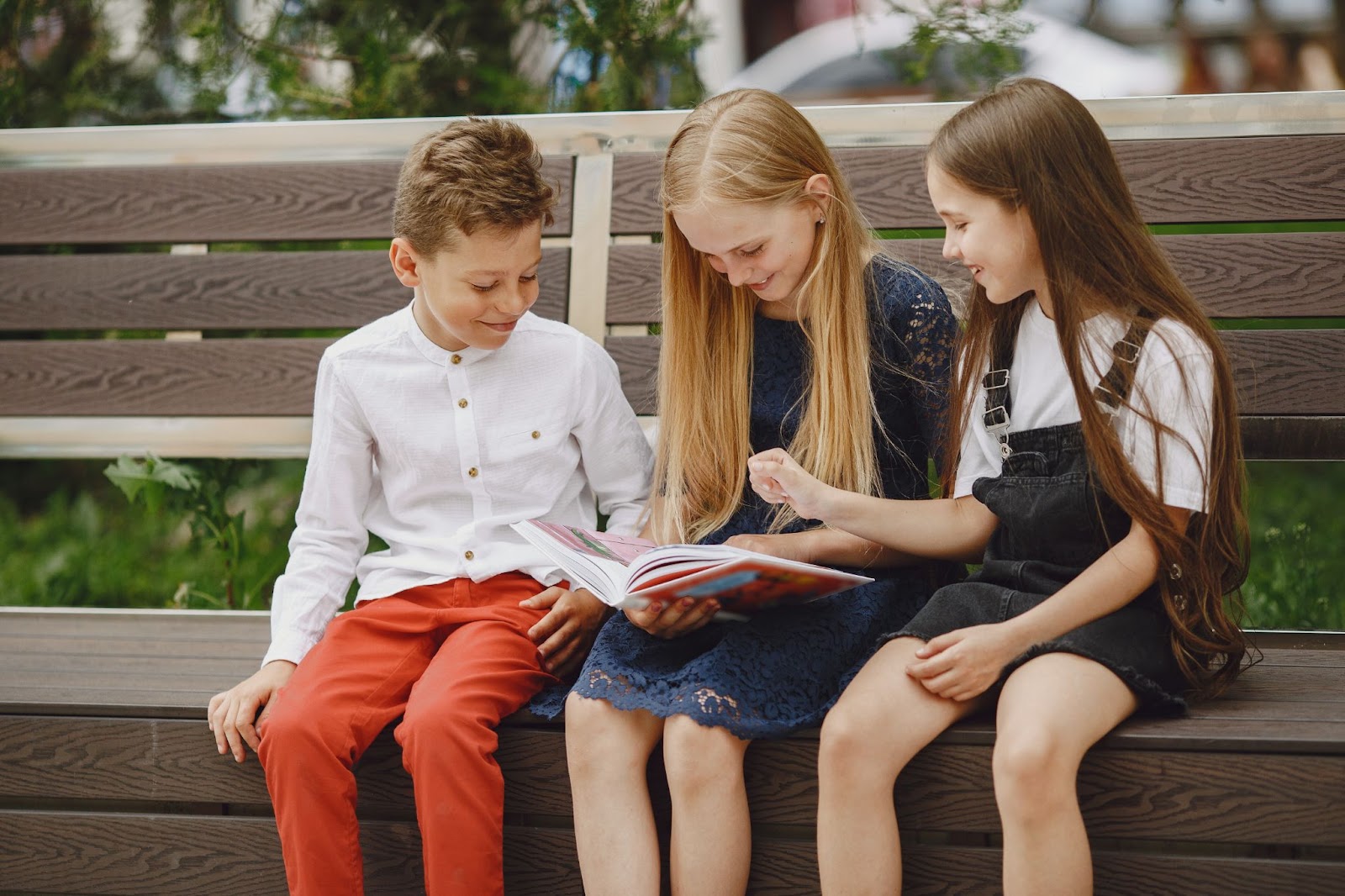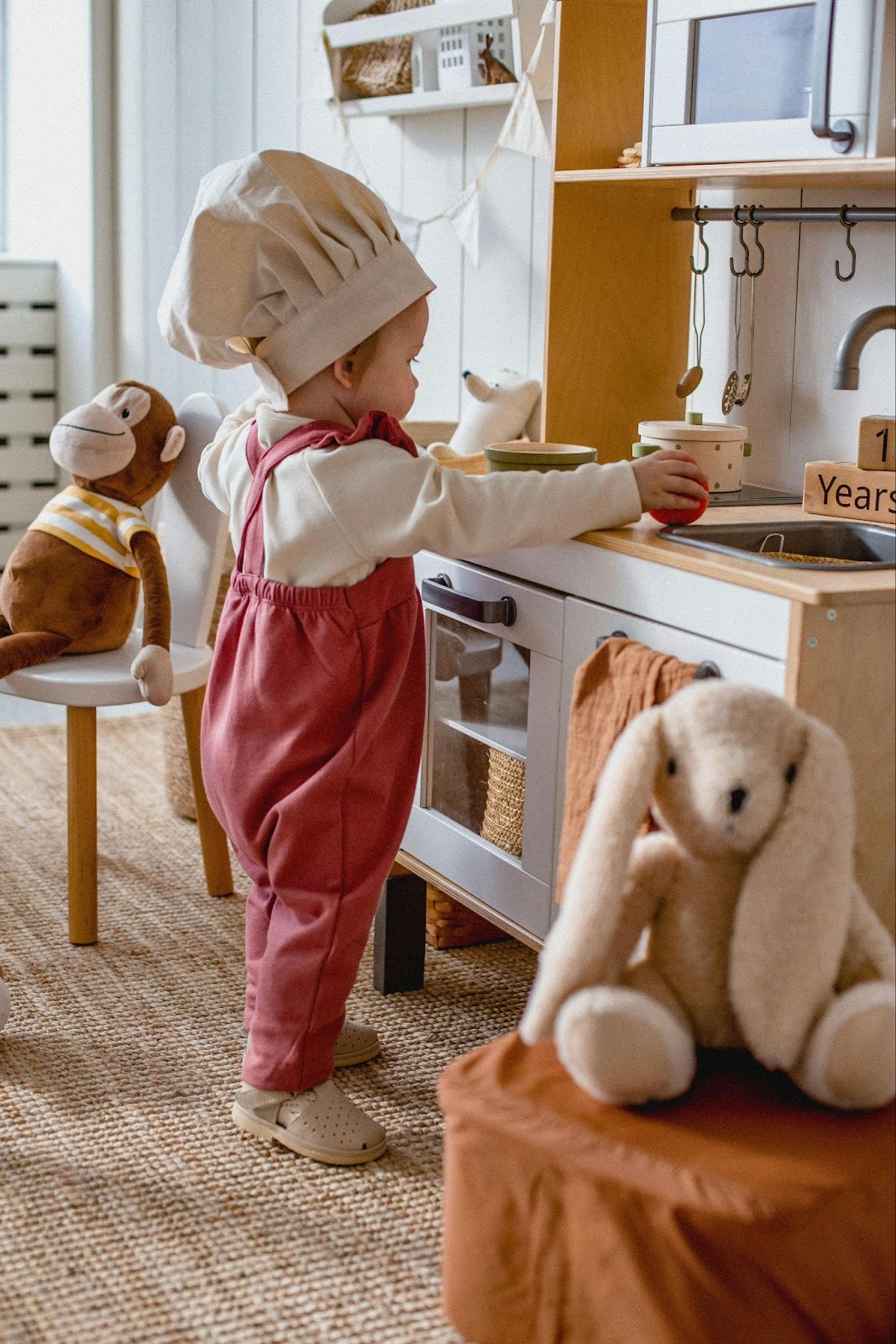Social interaction is a continuous human process that encompasses communication between people in or out of groups, and also between people and their surroundings. Language is at the heart of our everyday social interactions because the ability of language, whether spoken language or sign language (ASL), to give meaning to man and everything around him contributes to how it helps people engage socially.
When children who are deaf or hard of hearing can communicate in ASL, they stand a greater chance of having more pleasant social interactions with their peers, grownups in their surroundings, and society at large. Through this article, we will learn more about the patterns and types of social interactions that exist among humans in general and see what role ASL plays in enhancing social interactions in children.
Patterns of Social Interaction
The different ways that social interaction takes place are what we refer to when we talk about the patterns of social interaction. Children unconsciously adopt the patterns of social interaction that adults use. Listed below are these social interaction patterns:
Accidental Social Interaction:
Accidental social interactions occur in situations where one has to communicate without the prior intention of doing so. For children with any degree of hearing loss, using ASL is a good way for them to overcome the awkwardness that comes with these situations. It becomes an accessible tool that sets a pace for communication no matter how slow it might be.
Repeated Social Interaction:
Image by brgfx on Freepik
Repeated social interaction usually takes place when the same individuals after accidentally interacting, continue to do so. Sometimes, after such multiple encounters, friendships can develop since the first accidental social interaction has dissolved some bits of the communication gaps that previously existed. Children in the same class who meet themselves every day can be faced with a case of repeated social interactions
Regular Social Interaction:
Regular social interaction differs from repeated social interaction in that regular social interaction is both more frequent and more intentional.
Regulated Social Interaction:
We refer to social interaction as being regulated when it must occur at a specified time for a specific purpose following certain established social settings. For example, when parents arrange playdates for their children and are there to supervise them, we say that these children are having regulated social interactions.
Types of Social Interaction
People engage in social interaction for many reasons. The motivations behind their interactions serve as the basis for the types of social interaction we have. They are:
Exchange
An example of an interaction borne from the purpose of an exchange is one between an employer and an employee. The individuals in this form of social interaction do so to gain something from each other.
Competition/Conflict
Knowing that there will be a reward for answering a question correctly in class, every child in that class will try to figure out the answer on their own. At this time, we can say that this sort of social interaction between the children is a competitive interaction.
Also, this form of social interaction can be found when people are in arguments because of their divergent opinions and interests.
Cooperation
One example of social interactions resulting from the urge to cooperate is children attempting to solve riddles or construct something as a group. Their united effort is a social form of interaction. Football players in a team or people in society working individually to uphold law and order directly and indirectly are further examples.
All forms of social interaction, whether they are coercive (where people are forced to interact) or accommodative (where people choose to interact while allowing their opinions to be absorbed by others), essentially serve a purpose.
ASL and Children’s Social Interaction
Image by master1305 on Freepik
With Peers:
ASL gives children the confidence they need to interact with their peers. It gives them a way to communicate their thoughts and feelings in various circumstances. As a result, these children who might be suffering from any form of hearing loss do not have to be the focus of any communication gap that might have otherwise existed. ASL affords them a choice as their hearing counterparts.
Other Familial Relationships:
When close relatives or friends encounter a deaf or hard-of-hearing child who is fluent in ASL, they will feel compelled to try to learn the language because their lack of interest in doing so will betray their want to build a relationship with the child. Without it saying it to them, children can recognize unspoken love.
With Strangers:
As mentioned in one of the patterns of social interaction, specifically accidental social interaction, ASL is the assurance that reminds deaf or hard-of-hearing children that any communication gap is a product of all the parties involved. It means that they are not at fault for any break in communication that might occur, even when they encounter strangers. A deaf or hard-of-hearing person proficient in ASL is already two steps ahead. It is up to these strangers to be able to communicate with ASL.
With the Society:
A significant component of our social interaction is our capacity to influence what is happening in our society. It is called “social responsibility.” If allowed, most children will participate in numerous community initiatives.
ASL is a helpful tool that enables the deaf and hard of hearing to participate in community activities such as garage sales, charitable events, and other community donations. On the other hand, ASL gives hearing children the skills they need to integrate into the deaf communities around them.
Conclusion
Every child benefits from social interaction, whether they choose to initiate a discussion themselves or are required to participate in one. When it comes to assisting the deaf or hard of hearing to communicate, ASL acts as a barrier filler. It gives the child the physical and emotional assistance needed to interact with their peers and society.
ASL is not just a sign language but a useful skill you should teach your child to enable them to have good social interactions with others. You can get the necessary ASL learning tools from SigningBee Academy.
Thumbnail Photo Credit to: Image by prostooleh on Freepik





